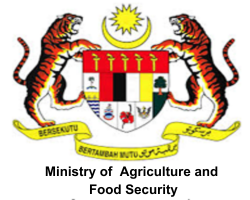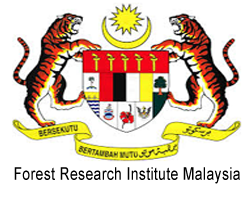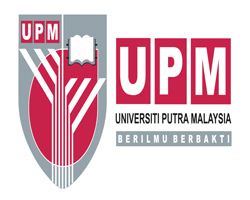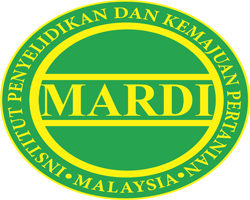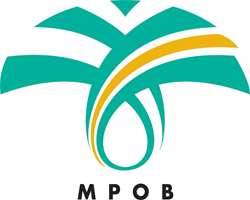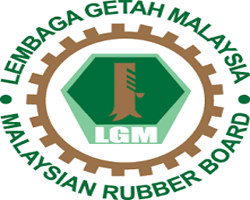Samsul Bahari, Syafiqah Nabilah and Md Ariff, Farah Fazwa and Hassan, Nor Hasnida and A. Rahman, Siti Suhaila and Saffie, Nor Hayati and Abdullah, Mohd Zaki and Osman, Mohamad (2016) Production of superior clone Labisia pumila var Alata for future planting stock. Journal of Tropical Plant Physiology, 8. pp. 32-43.
|
Text
MSPP - 2016 4.pdf Restricted to Repository staff only Download (624kB) |
Abstract
Labisia pumila is well known as the queen of herb in Malaysia due to its phytoestrogenic activity that is beneficial to women health. Since the raw material supply is limited, this study aimed to identify feasible propagation methods for future planting stock production of this herb. Two vegetative propagation techniques were investigated in this study, namely tissue culture and leaf cuttings. In tissue culture method, a combination of MS media with 0.5 mg L-¹ NAA gave fast response in shoot development of L. pumila var. alata compared to other treatment media. The in vitro leaves explant were able to produce 4.33 ± 0.39 shoots per explants after being cultured for 16 weeks. The established plantlets from tissue culture were acclimatised in four different potting media, namely sand (100%), cocopeat (100%), jiffy (100%) and sand:cocopeat 50:50). Jiffy (100%) was found to be the best potting media during the acclimatisation of the plantlets compared to other treatment. While for leaf cuttings, the shoot development on rooted cuttings were observed only after 19 to 30 weeks of cutting period. The leaf cuttings can produce about 1.50 ± 0.65 shoots per cutting in 30 weeks interval. The growth performance of the plants from tissue culture and leaf cuttings were further evaluated at nursery stage. The results showed that tissue culture plants have more leaves (7.80 ± 0.22) compared to leaf cuttings (4.98 ± 0.18). Meanwhile, plants from leaf cuttings have better plant size over tissue culture plants in terms of leaf length, leaf width and collar region. However, the different leaf number and plant size did not reflect the total biomass of the plants. The ANOVA results showed no significant difference in fresh and dry weight of the plants from both sources of propagation where tissue culture plant recorded 2.55g ± 0.15 fresh weight and 0.41g ± 0.03 dry weight while leaf cuttings plant recorded 2.87g ± 0.14 fresh weight and 0.48g ± 0.05 dry weight. The total phenolic content (TPC) was also evaluated in this study. Both tissue culture and leaf cutting plant did not show significant value of TPC with 326.21±13.37 (Gallic acid equivalent) and 320.78±17.19 mg GAE 100g-¹ respectively. The analysis showed that tissue culture method was more preferable since it was able to produce fast and higher number of shoots compared to leaf cuttings.
| Item Type: | Article |
|---|---|
| Creators: | Samsul Bahari, Syafiqah Nabilah and Md Ariff, Farah Fazwa and Hassan, Nor Hasnida and A. Rahman, Siti Suhaila and Saffie, Nor Hayati and Abdullah, Mohd Zaki and Osman, Mohamad |
| Title: | Production of superior clone Labisia pumila var Alata for future planting stock |
| Date: | December 2016 |
| Location: | The Malaysian Society of Plant Physiology website |
| Publication: | Malaysian Society of Plant Physiology |
| Volume: | 8 |
| Physical Description: | 12p. |
| Date Deposited: | 02 Nov 2017 06:19 |
| Last Modified: | 02 Nov 2017 06:19 |
| URI: | http://myagric.upm.edu.my/id/eprint/11402 |
Actions (login required)
 |
View Item |


